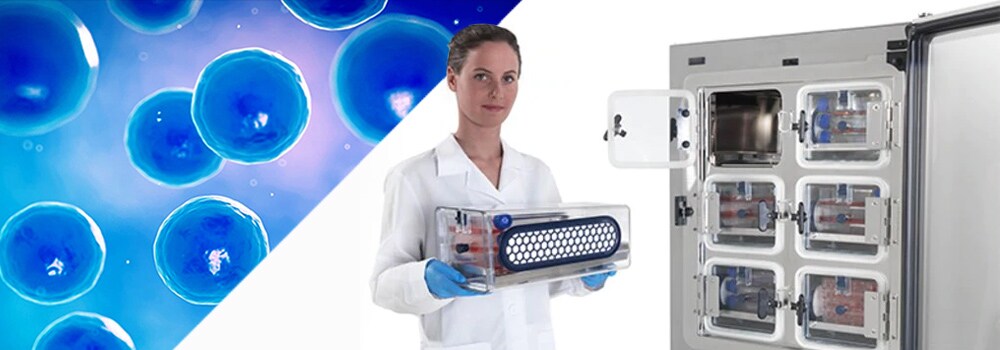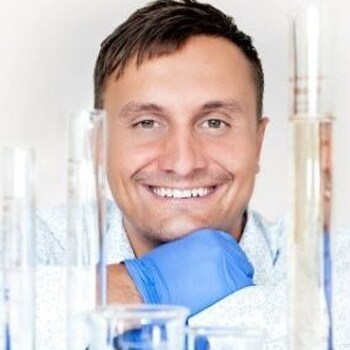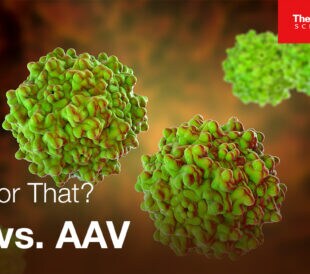
Nightmares about optimal conditions and protection for your primary cells
One of the worst nightmares a scientist can face is the loss of precious primary cells that have been difficult to obtain and establish in culture, through laborious processes involving many expensive reagents and supplements.
If you have ever grown primary cells you will know this. Fungal or cross-contamination; difficulty of sustaining growth parameters; wrong choice of reagents; all these obstacles can have devastating effects. Cells must be discarded, and the laborious process repeated, sometimes many times, to achieve the desired outcome.
What can you do to protect such uniquely sensitive cells and minimise the risks of such common problems, so you can be better prepared to act when the unforeseen happens?
In my experience, correct aseptic techniques and self-monitoring can help. So too can choosing the right technologies in your CO2 incubator, resulting in better utilising your research grants and freeing up some of your valuable time in the lab.
It began in a tiny cell culture room
I will never forget the first steps I took in my early scientific career, when I worked as a part of a huge cancer research group. This was a very international and extremely busy environment. There were around 40 members in the group, including PhD and Masters students, with lots of projects running simultaneously, most of them involving culturing cells. This meant there was a variety of personalities in the same lab and many different, sometimes frustrating habits to navigate. This diverse mixture somehow fused and eventually led to colleagues turning to friends and why this period of my life is rich in rather unique, often entertaining stories.
Our tiny cell culture room within this large research laboratory was always exceptionally busy as most of the team needed to use it to grow different type of cells. It was the best place for having private—not always scientific—conversations.
It was not an easy job to establish primary macrophages from mice bone marrow. I had to battle visible fungal contamination and many inconsistencies in cell growth. At the time it could honestly take me a couple of minutes to find my plates, as our CO2 incubator was hugely overloaded with many different vessels and the incubator doors were opened frequently, making it really challenging for the incubator to maintain CO2 concentration, temperature and relative humidity at optimum levels.
Consequently, all of this had a negative effect on our most sensitive primary and stem cell types. The alarm was going off constantly it seemed, and we simply ignored it. I will never forget these lost days of hard work and hundreds of pounds in reagents and consumables wasted.
Notably, I was never willing to blame my personal aseptic techniques!
Aseptic training changed my perspective
This all changed when my career took a turn and I joined a global pharmaceutical company that strictly adhered to Good Manufacturing Practices (GMP). The company invested much more resources into employee training than did my previous job. I recall the aseptic techniques training being rather extensive but very well structured. Constant self-monitoring and regular refresher trainings were mandatory. From there on my perspective on the importance of aseptic technique changed dramatically.
Over the years, I have acquired quite an in-depth knowledge of the diverse technologies and capabilities of CO2 incubators, though I never imagined I could find them quite as fascinating as I do now. I didn’t really pay that much attention to them when I was working in the cell culture lab and in retrospect: I wish I had paid as much attention to training in my earlier career!
The significance of the ‘magic box’
I now work with Thermo Fisher Scientific as Cell Culture Scientist. For me, Thermo Fisher is undeniably pioneering in its approach. The company really understands the significance of these ‘magic boxes’ (as I call them). I’m now part of a business that continues to develop and incorporate new and emerging technologies to its incubator portfolio and I can see there’s a real focus on making super-efficient cell culture instruments that are capable of sustaining the correct parameters to create the most uniform conditions and geared towards guaranteeing outstanding protection for high value cultures.
For me, the product that shines most in this regard, and that is also continually evolving, is the Thermo Scientific™ Heracell™ VIOS CO2 incubator.
The technology in the Heracell VIOS incubator can help prevent many lost experiments, due to discarding valuable cells. When configured with a Thermo Scientific™ Cell Locker™ System, it has six individual autoclavable chambers designed for culture segregation and for protecting the most sensitive cells – like primary or stem cells. This System allows you to run unique projects simultaneously, separating different users and cell types while preserving the ideal environment for most sensitive cells.
I believe most of us involved in life science research rely on cell culturing and we work very hard to sustain healthy cells. Super sensitive cells like primary cultures can be very challenging to establish. Healthy cells will always have enormous impact on your results. With so much at stake, you can’t afford not to prepare for the unexpected.
If you would like to explore all the possibilities this cell culture saving technology can offer, then please follow the link.
Author: Kris Wronski, Cell Culture Scientist EMEA, Laboratory Products Division, Growth, Protection and Separation Products





Leave a Reply